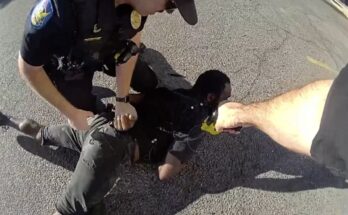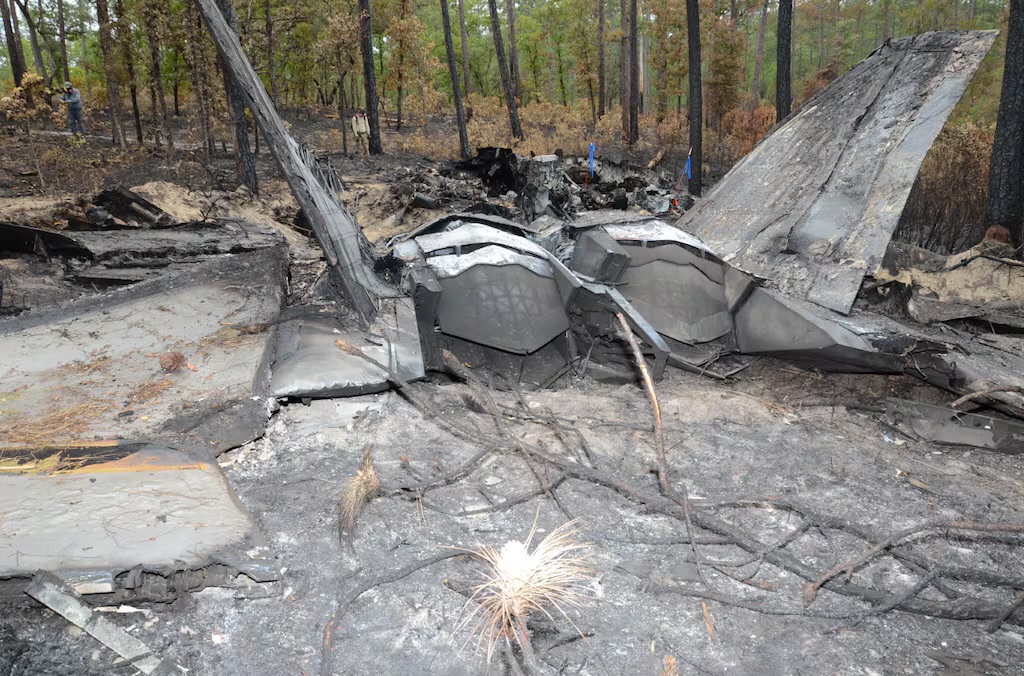
Newly obtained documents offer a clearer picture of an F-22 Raptor’s demise in Florida last year when it crashed near Eglin Air Force Base during training
The F-22 grew increasingly wobbly upon takeoff, refused to turn left and shortly barrel-rolled into the ground after its pilot safely ejected,
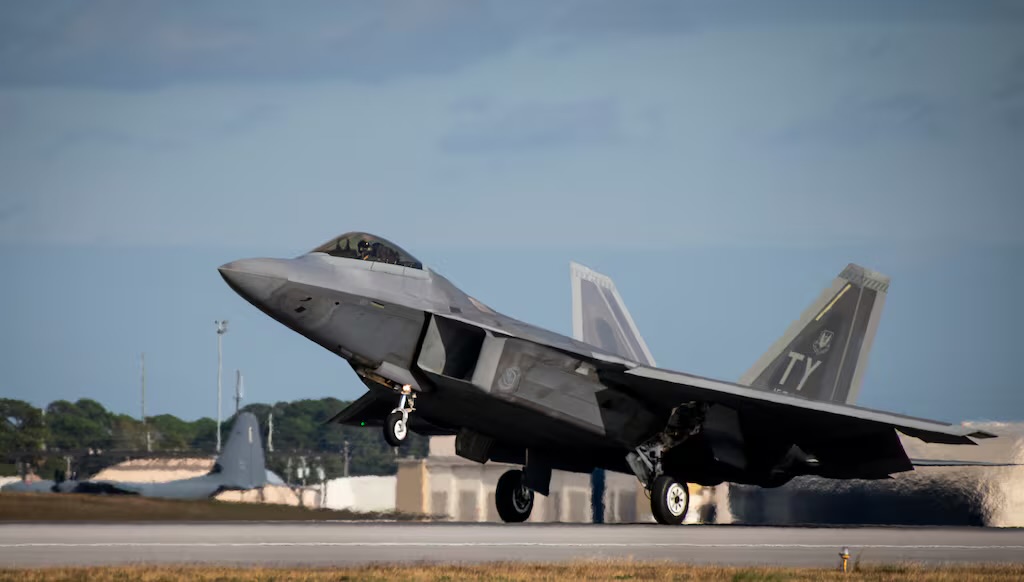
The Air Force said earlier this year that it did not convene a longer-term accident investigation board to look into the crash, instead waiving that usual requirement because of operational security concerns. A commander-directed investigation and a safety investigation board took place instead, and much of the paperwork obtained dates to.
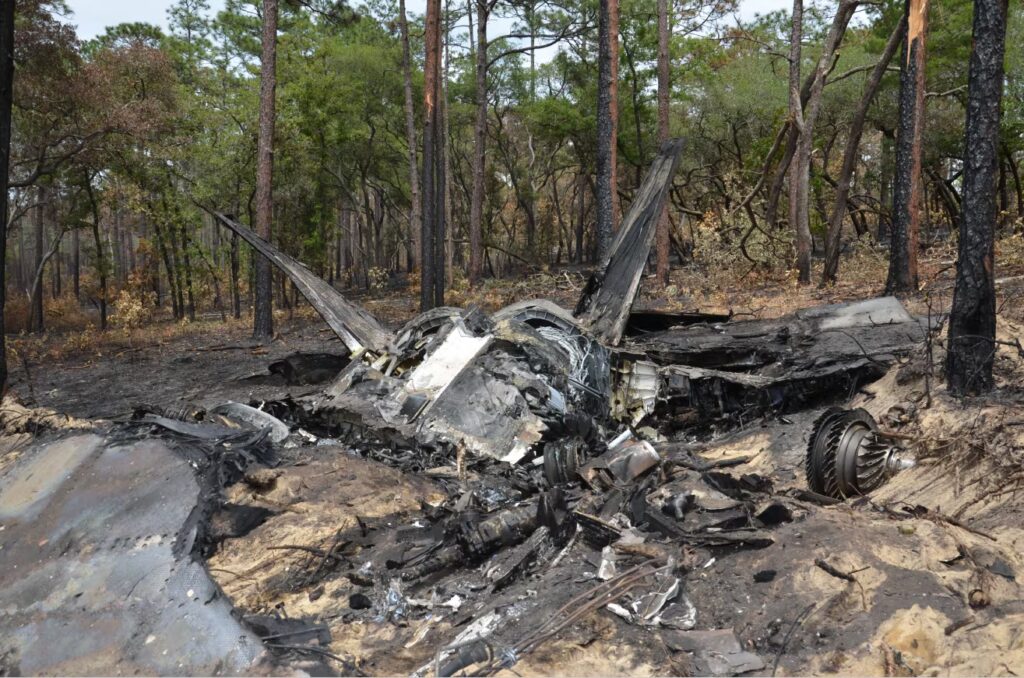
The inquiry’s findings detail a harrowing morning at Eglin’s test and training range as the pilot struggled to control and then bailed out of one of the Air Force’s most advanced airframes. A confusing mission to inspect the crash site and find the pilot nearly resulted in another collision between an F-22 and an F-35 Lightning II.
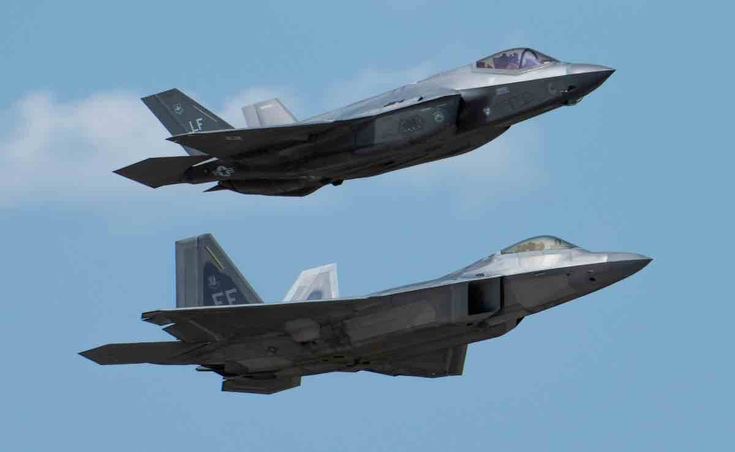
The unnamed pilot was a captain serving as the 43rd Fighter Squadron’s assistant operations director. He flew as “Hornet 1″ that day in a large-force air combat exercise with six F-35s, four F-16Cs and three F-22s, according to the investigation.
The 43rd FS is the only Air Force unit that provides initial and requalification training for active-duty, Air National Guard and Air Force Reserve F-22 pilots.
Upon takeoff around 8:30 a.m. local time, Hornet 1′s cockpit flashed a warning notice as the jet picked up speed. No other issues popped up as the plane went airborne, so the pilot decided to keep going.
After rising about 50 feet, the airplane began to tilt to the left.
“I thought maybe I had an afterburner blowout on a left motor,” the pilot told investigators. They scaled back the throttles and the jet leveled out. Another captain flying as “Hornet 2″ said both engines appeared to be in good shape, and nothing else seemed amiss.
The Raptor’s nose pointed about 45 degrees toward the sky, and another warning message came up to signal degraded air data. At the same time, the jet again started to roll left and pitched down without warning.
His F-22 was “almost inverted,” the Hornet 2 captain said.
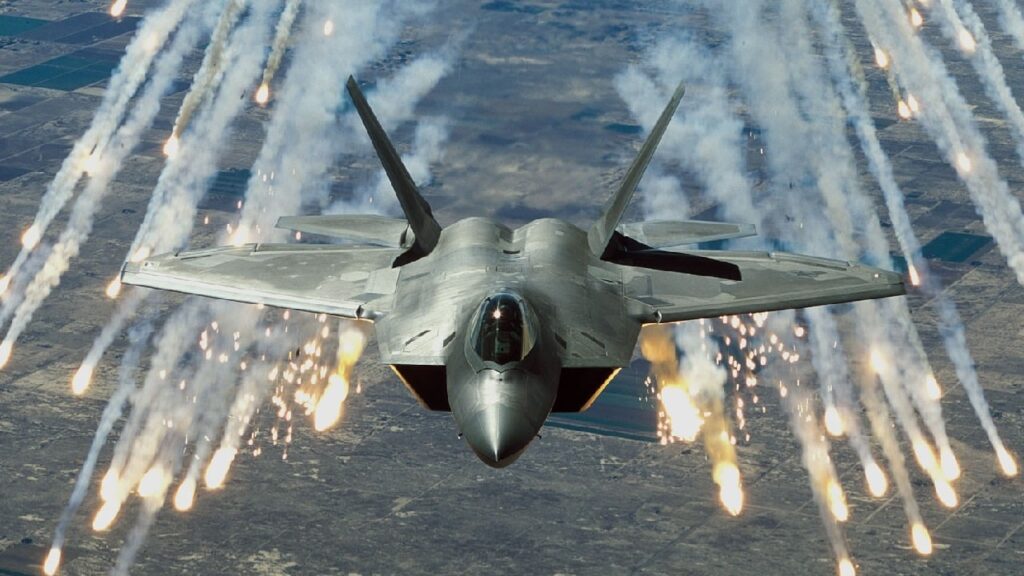
The pilot righted the aircraft once more. Everything seemed normal, the pilot said, and they continued with the training exercise. But the situation deteriorated quickly.
Another cockpit warning told the pilot that g-forces were overly stressing the plane, the third alert of the flight. He decided to try to safely put down the F-22 by burning off fuel on the way back to the ground and landing on the longest runway.
“As I passed 10,000 feet, the jet began to have uncontrollable tendencies again … a barrel-roll type feel,” the pilot said. “It took a majority of the pressure I had available in my right arm to keep the airplane in level flight, and then at that point I could no longer turn left.”

